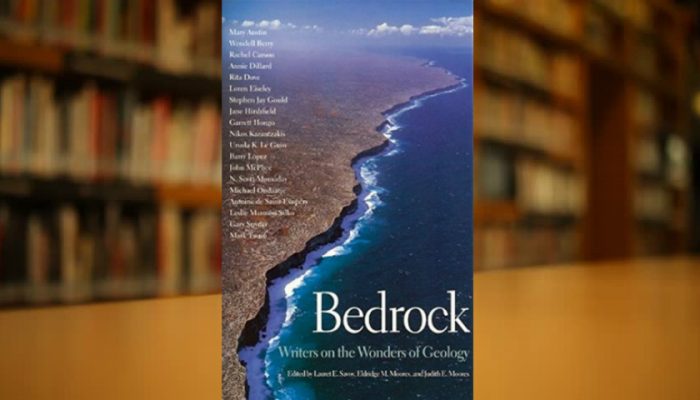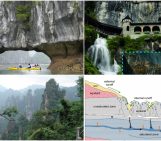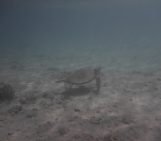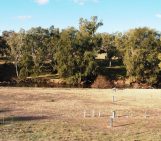
Post by Kevin Befus, Assistant Professor at the College of Engineering and Applied Science at the University of Wyoming, in the United States.
_______________________________________________
I want to share a book with you that has encouraged me through initial academic mires (I was only in graduate school for 7 years…) and inspired me to expand my perception and appreciation of the natural world.
The book is Bedrock: Writers on the Wonders of Geology [Savoy et al., 2006]. It is a carefully curated collection of snippets and excerpts from international literary sources describing geologic processes and outcomes. Most of the writings come from the 20th century with several exceptions extending not quite as far back as the Pleistocene. Each chapter, or collection of writings, is oriented around a theme in the earth sciences, one of which is “Rivers to the Sea”…the creative views of hydrologic, mainly riverine, processes chapter. While the excerpts are the main event in each chapter, a quick introduction to each selection is given within the broader geologic context along with some reasoning in why each was chosen.
Bedrock is not a book about hydrogeology, and it really doesn’t directly talk about water underground. BUT, Earth is explored in the excerpts, and developing connections between groundwater and other geologic processes is our job, not the literary masters who “contributed” tidbits to the book. As you should have expected, John McPhee shows up a number of times, but not too much. Many of the early geologists (e.g., G.K. Gilbert, James Hutton, and John Wesley Powell) and environmentalists (e.g., Rachel Carson and John Muir) also share their reflections of geologic forces on nature.
As someone who reads blogs about groundwater, remember to extend the literary reflections to include how the topics interact with groundwater systems. For example, the cover image evokes excitement (or consternation) from a groundwater hydrologist, as it shows the coastline of Nullarbor Plain in southern Australia, home to the “world’s largest limestone karst area” (http://www.australiangeographic.com.au/travel/destinations/2016/04/hidden-nullarbor).
My suggestion for reading this book is to take it slow: one excerpt in the morning to kick-start the day, remembering why it is you do what you do. Be inspired, awed, and reminded of how geological processes have shaped our world over billions of years. Or, read an entry when the day has taken a turn to the slow or chaotic. Like any good devotional, Bedrock has great re-readability and also points you towards the original documents for more in-depth explorations of literary (hydro)geology.
Happy reading!
Savoy, L. E., E. M. Moores, and J. E. Moores (2006), Bedrock: Writers on the Wonders of Geology, Trinity University Press, San Antonio, TX.
__________________________________________________

.
Kevin Befus leads the groundwater hydrology group in the Civil and Architectural Engineering Department at the University of Wyoming. With his research group, he studies how groundwater systems respond to hydrologic conditions over glacial timescales and in mountainous and coastal environments. You can follow along with Kevin’s research through any of the links below:
Twitter | Research Group Page | UW Faculty Page
__________________________________________________
Feature photo image source: http://tupress.org/img/upload/bedrock_front_cover_nl_copy.jpg




